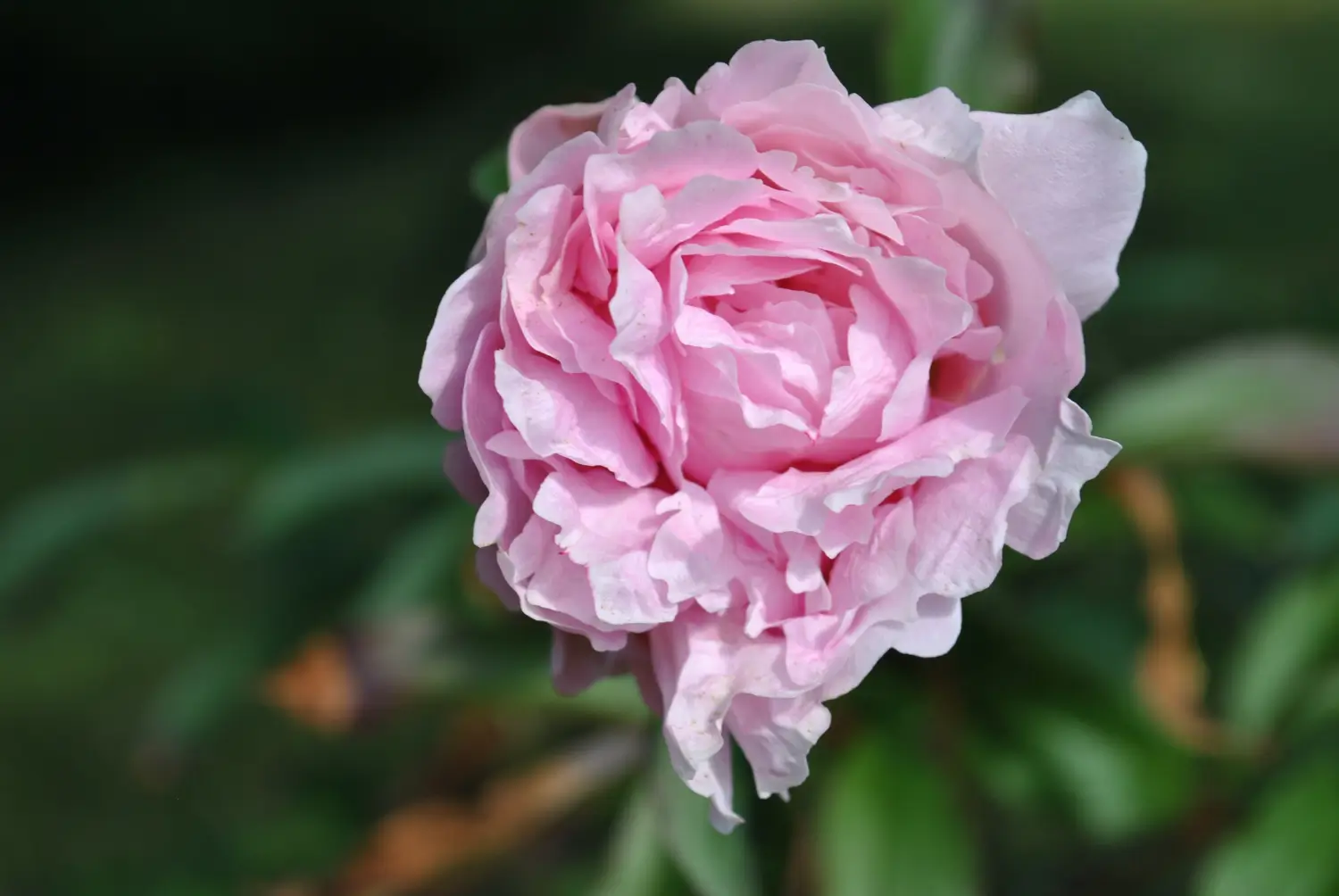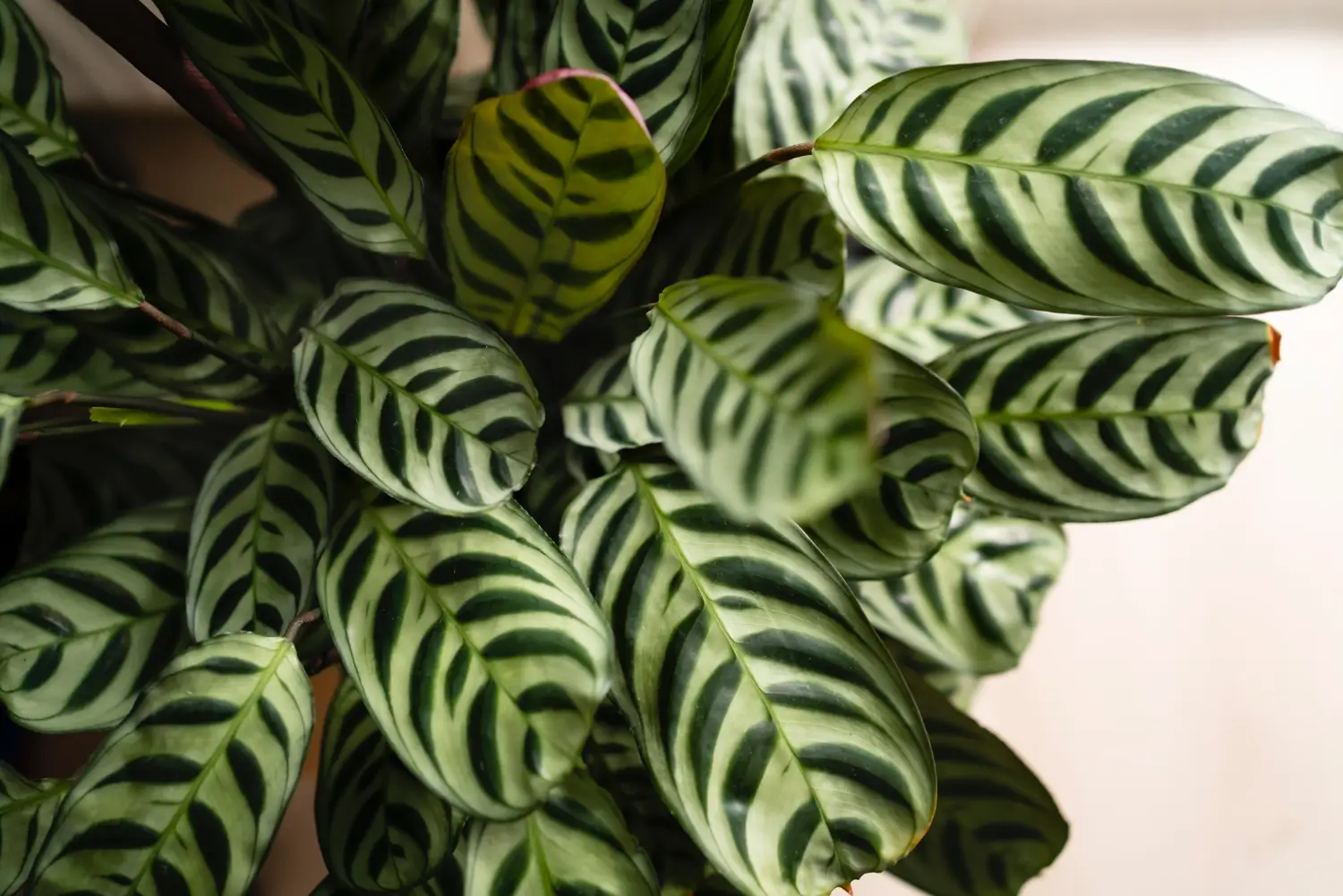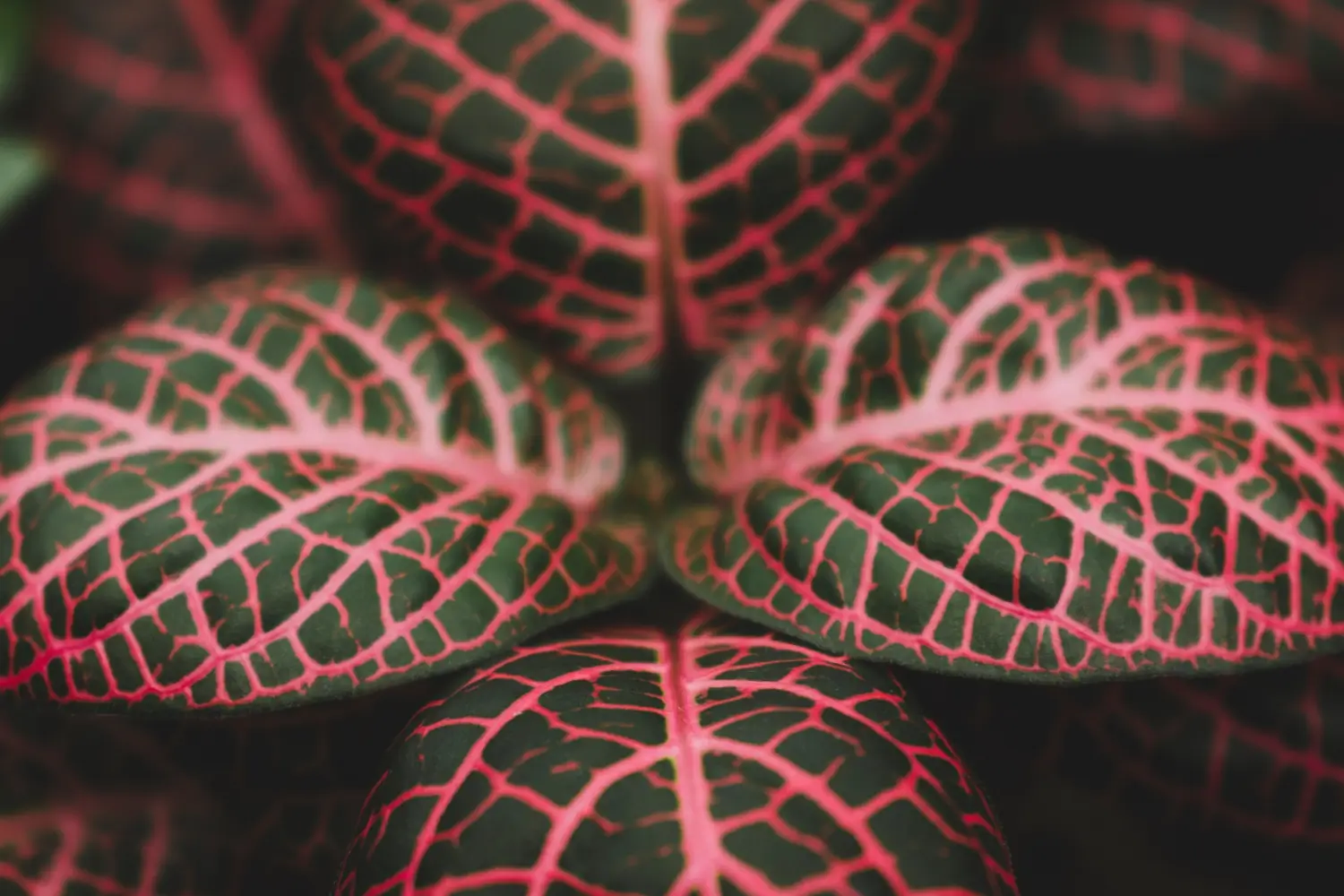
Soil Health & Fertilization
We unite suppliers and green industry professionals worldwide
Few flowers brighten a shady garden as easily as Impatiens (Impatiens walleriana). These quick-growing summer annuals churn out endless blooms from spring to first frost, which is why they are a garden bed, border and container favorite.
By Victor Miller
|Published on June 16, 2025


Few flowers brighten a shady garden as easily as Impatiens (Impatiens walleriana). These quick-growing summer annuals churn out endless blooms from spring to first frost, which is why they are a garden bed, border and container favorite.
Unlike many other flowering plants, Impatiens flourish in shade, thriving where other blooms might struggle. Their bright flowers can be pink, red, white, purple and orange, making a luminous, colorful display, even in low-light conditions. If you need to fill a shady garden bed or just want to add some color to a patio planter, Impatiens are an extraordinarily good option for low-maintenance beauty all season.
| Botanical Name | Impatiens walleriana |
| Common Name | Impatiens, Busy Lizzie |
| Grows to | 6 to 24 inches tall, 12 to 36 inches wide |
| Light Requirements | Partial shade to full shade |
| Soil | Well-draining, rich, slightly acidic soil |
| Watering Needs | Keep soil moist, water regularly |
| Hardiness Zones | Grown as an annual (perennial in zones 10-11) |
| Bloom Time | Spring to frost |
| Flower Color | Pink, red, orange, white, purple |
| Growth Rate | Fast |

September 25, 2025
9 minute read
September 24, 2025
9 minute read
September 23, 2025
10 minute read
September 22, 2025
9 minute read


Join as a seller and connect with thousands of B2B buyers nationwide!
Sign Up

Queen Elizabeth Rose
The Queen Elizabeth Rose is elegant, commanding and dignified, it’s a garden staple that feels as if it belongs in a palace courtyard. Tall, upright, and crowned with clusters of soft pink blooms, this rose serves as a living tribute to one of history’s m

Calathea Fasciata
Meet Calathea Fasciata! This tropical beauty is part of the Marantaceae family, also known as the "prayer plant" family

Caladium
Have you had that feeling to add a splash of color to your garden and get it all done in a jiffy? You must get Caladium, or “Angel Wings” for its enormous heart-shaped leaves

Dahoon Holly
"Ever wondered how to add year-round beauty to your garden without much fuss?" Dahoon Holly (Ilex cassine) could be the perfect solution!
The Impatiens care is easy so it is suitable for both novice and expert gardeners. They need frequent watering, well-fertilized soil, and shade.
These plants thrive in partial to full shade, so they’re great choices for woodland gardens, shady borders and covered patios. Excessive direct sunlight can dry out the tender flowers and foliage, so they should be placed in a position to get only morning sun or filtered light throughout the day.
The key to keeping Impatiens healthy is rich, well-draining soil. pH between 6.0-6.5 (slightly acidic) is ideal. When planting in heavy clay or sandy soil, be sure to work in compost or organic matter to enhance drainage and nutrient content before placing the plant in the ground.
Impatiens like soil that’s consistently moist, but not soggy. Water them deep and often, especially during hot weather. In containers, monitor moisture levels often, as potted plants dry quickly compared to in-ground ones.
Regular deadheading is unnecessary, but light pruning keeps it bushy and compact. If the plants grow leggy or overgrown, pinch back the stems by about one-third to stimulate new growth and continuous blooming.
Impatiens will die back with the first frost at the end of the growing season. They are perennial in warm climates, where they can be cut back in late fall to promote new growth in spring.
You can also propagate impatiens easily by stem cuttings, so you can fill your garden with new plants simply by taking cuttings instead of purchasing new seeds or seedlings.
If propagating, take a 4-6 inch cutting from a healthy plant and remove the lower leaves. Put the cutting in a jar of water or directly into moist potting mix. Cover with water and store in a warm, shady space until roots appear in 2-3 weeks. (After they are established, the seedlings can be transplanted into the garden or containers.)
Impatiens are well-suited for containers, which provides a cascading, sumptuous display of color. Select a pot that drains well and has rich potting soil, and put it in a shady place.
Water regularly, because potted plants dry out more quickly, and fertilize every 2 to 3 weeks with a balanced liquid fertilizer to keep your blooms looking their best. If you find your plant getting leggy, a quick trim will return it to a compact shape
Impatiens are typically grown as annuals and do not survive freezing temperatures. However, in zones 10–11, they can remain in the ground year-round. If you’d like to carry them over through the next season in chillier climates, take cuttings before your first frost and try potting them to grow indoors.
For overwintering indoors, keep potted Impatiens in bright, indirect light and water sparingly to deter root rot.
Impatiens bloom continuously from spring to frost, producing an abundant display of flowers without the need for deadheading. For the longest bloom time:
With the right care, Impatiens will retain vibrant hues throughout the entire season, making them one of the best flowers for shade in gardens and patios.
Impatients typically are easy to grow but can have a few common problems:
With their beautiful colours, shade tolerance and continuous blooming, Impatiens are a must-have for any garden. No matter how you plant them — in beds, borders or containers — they can bring low-maintenance beauty to any spot. Given appropriate watering and sunlight, these colorful blossoms will flourish, brightening even the shadiest parts of your garden all-season long.
Impatiens grow best in partial to full shade. Too much direct sunlight can cause their flowers to fade and leaves to scorch.
Water regularly so the soil stays evenly moist but not waterlogged. On hot days, you may need to water daily — particularly if your plants are in pots.
They are perennials in warm regions (zones 10-11), but are grown as annuals in most areas. In colder zones, they die with the frost unless overwintered indoors.
Excess nitrogen, deep shade, or drought stress can limit flowering. For best blooms, light shade, steady moisture and an occasional feeding are recommended.

Soil Health & Fertilization
Victor Miller

Pest Identification & Prevention
Victor Miller

Lawn Care Tips & Maintenance
Victor Miller

Soil Health & Fertilization
Victor Miller

Smart Irrigation Systems
Victor Miller

Patios, Walkways & Driveways
Victor Miller

Soil Health & Fertilization
Victor Miller

Pest Identification & Prevention
Victor Miller
My Account
Our team is always here to help.
We are open Monday - Friday, 9:00 AM to 4:30 PM PST.